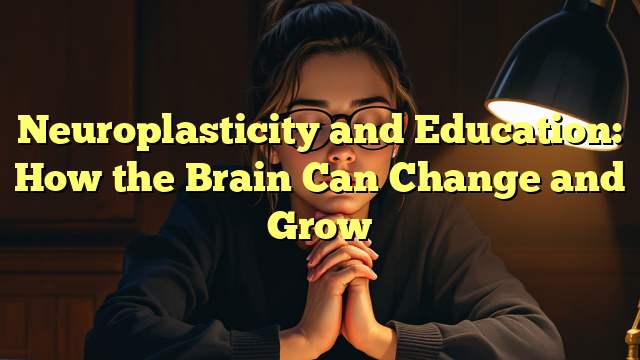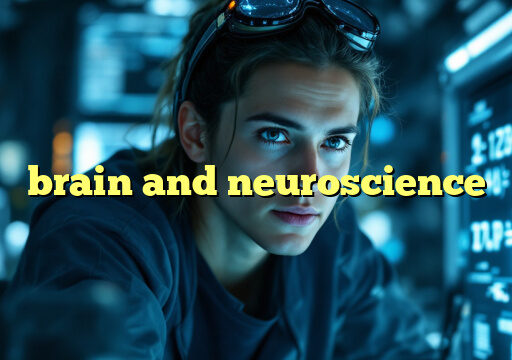Neuroplasticity is the brain's ability to reorganize itself by forming new neural connections throughout life. This phenomenon plays a crucial role in education, as it shows that the brain is not a static organ but is capable of change and growth. Understanding neuroplasticity can help educators develop more effective teaching strategies and support students in their learning journey.
What is Neuroplasticity?
Neuroplasticity, also known as brain plasticity, refers to the brain's ability to reorganize itself by forming new neural connections. This process allows the brain to adapt to changes in the environment, learn new information, and recover from injury. Neuroplasticity is driven by the brain's ability to rewire itself in response to learning, experience, and injury. It is a fundamental principle of brain function that underlies learning and memory.
How Does Neuroplasticity Impact Education?
Neuroplasticity has significant implications for education. It shows that the brain is not a fixed organ but is capable of change and growth. This means that with the right stimuli and support, students can learn new skills, acquire new knowledge, and improve their cognitive abilities. Understanding neuroplasticity can help educators design more effective teaching strategies that leverage the brain's capacity to adapt and learn.
For example, incorporating multimodal learning techniques, such as visual aids, hands-on activities, and interactive games, can engage different neural pathways and enhance learning outcomes. Providing personalized feedback and opportunities for reflection can also help students consolidate their learning and strengthen neural connections. By creating an enriching and stimulating learning environment, educators can promote neuroplasticity and support students in their cognitive development.
Conclusion
Neuroplasticity is a fascinating phenomenon that underscores the brain's capacity for change and growth. By understanding how the brain rewires itself in response to learning and experience, educators can develop more effective teaching strategies and support students in their educational journey. Harnessing the power of neuroplasticity can help students unlock their full learning potential and thrive in the classroom.
FAQs
What are some strategies for promoting neuroplasticity in education?
Some strategies for promoting neuroplasticity in education include incorporating multimodal learning techniques, providing personalized feedback, and creating a stimulating learning environment.
How does neuroplasticity impact student learning?
Neuroplasticity allows students to acquire new skills, knowledge, and cognitive abilities. By understanding neuroplasticity, educators can design effective teaching strategies that support student learning and development.
Can neuroplasticity help students with learning disabilities?
Yes, neuroplasticity can help students with learning disabilities by providing tailored interventions and support that leverage the brain's capacity to rewire itself. With the right interventions, students with learning disabilities can make significant progress in their learning.
Unlock Your Mental Potential




